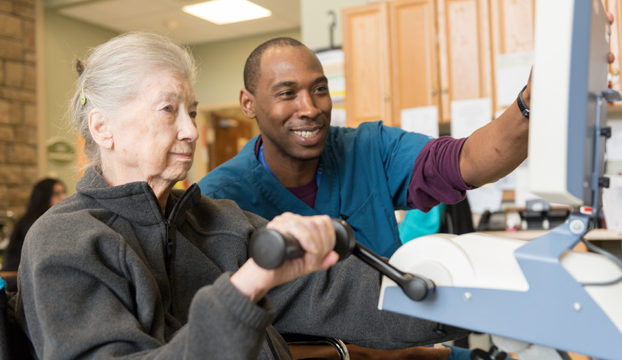One frequent manual therapy technique is vertebral manipulation. This method involves applying controlled force to the spine to improve alignment and decrease discomfort. Studies has demonstrated that spinal adjustment can be beneficial in managing lumbar spinal discomfort and cervical discomfort. Another method is soft tissue mobilization, which focuses on relieving tension in the muscles and connective tissues. This can help reduce stiffness and improve flexibility, making it easier for patients to move without discomfort. Both techniques can be tailored to meet the individual requirements of each client, ensuring a personalized approach to treatment.
In addition to pain relief, manual therapy can enhance client results in various ways. For instance, it can improve blood flow, which helps supply nutrients and essential elements to the injured regions of the system. Better blood flow can also promote healing and reduce inflammation. Furthermore, manual treatment can help clients gain enhanced physical awareness, which is essential for preventing future injuries. By comprehending how their physiques function, clients can make more informed choices about their activities and alignment, leading to sustained advantages.
The effectiveness of manual therapy is often supported by client responses. Numerous individuals report significant improvements in their discomfort intensity and overall performance after receiving treatment. This positive reaction can lead to greater drive for clients to engage in physical activity and recovery exercises. When clients feel better, they are much likely to engage in their recovery process, which can further improve their results. This collaborative method between the therapist and the patient is crucial for attaining enduring results.
In conclusion, manual treatment methods play a critical role in alleviating musculoskeletal discomfort and enhancing client outcomes. By using techniques such as vertebral manipulation and soft tissue manipulation, medical professionals can help patients recover movement and reduce discomfort. The advantages of hands-on therapy extend further than instant discomfort relief, as it also promotes recovery and motivates patients to take an proactive role in their rehabilitation. As an increasing number of people seek effective therapies for muscle and joint issues, manual therapy continues to be posture correction exercises an essential choice in the field of healthcare.
